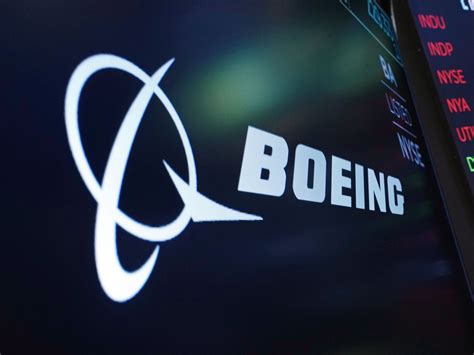Recent comments on the Boeing safety crisis shed light on the deep-seated issues within the company’s corporate culture and the regulatory framework governing aerospace engineering. The discussion showcases concerns regarding falsified safety documents, potential criminal accountability, and the implications of overlooked safety inspections.
The sentiment among commenters seems to indicate a growing lack of trust in Boeing’s ability to prioritize safety and quality in their aircraft. The comparison to other industries like pharmaceuticals and the banking sector underscores the significance of stringent oversight in safety-critical domains. The comments draw parallels between Boeing’s failures and past corporate scandals, emphasizing the need for swift and effective intervention.
While some suggest radical solutions such as nationalization or leadership overhaul, others point out the challenges and complexities involved in such measures. The overarching theme revolves around the balance between corporate profitability, regulatory compliance, and public safety, especially in sectors as vital as aviation.
An intriguing aspect highlighted in the discussion is the role of accountability and transparency in organizational cultures. The comments bring forth examples of past whistleblowers, enforcement actions, and the corporate responses to safety lapses. These real-world instances serve as cautionary tales for the importance of ethical leadership and regulatory diligence.
The intersection of government oversight, corporate responsibility, and public trust emerges as a central theme in addressing the Boeing safety crisis. The comments provoke thoughts on industry-wide implications, the efficacy of self-regulation versus external oversight, and the challenges of maintaining safety standards amid commercial pressures.
As the dialogue unfolds, it becomes evident that the Boeing safety crisis transcends individual incidents to reflect broader systemic issues. Insights from commenters draw attention to the interplay of economic incentives, regulatory frameworks, and organizational ethics in shaping safety outcomes. The multifaceted nature of the discussion offers a comprehensive view of the complexities involved in ensuring public safety in high-stakes industries.
Ultimately, the discourse surrounding the Boeing safety crisis underscores the critical need for proactive measures, stringent oversight, and a culture of transparency and accountability in safety-critical sectors. The comments serve as a poignant reminder of the potential consequences of complacency, mismanagement, and regulatory failures in industries that directly impact public well-being.


Leave a Reply